-
7 Common Network Issues and How to Solve Them
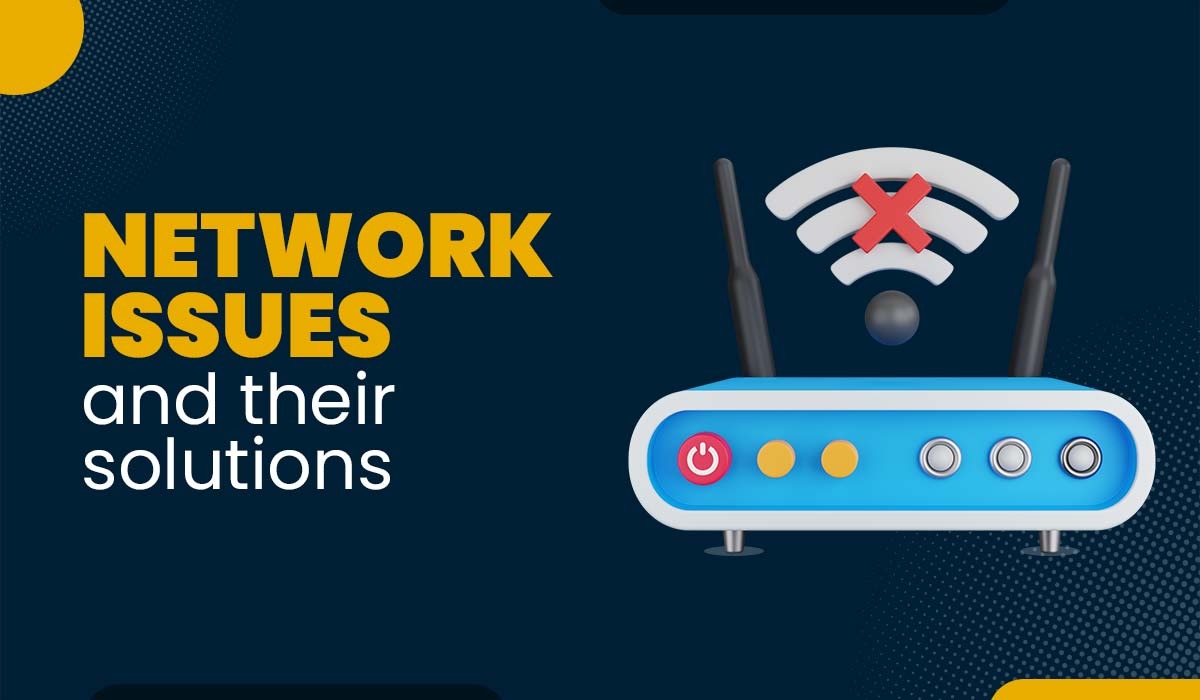
Introduction New technologies and the increasing number of hosted services have transformed network and application infrastructures. As a result of these changes, consumers now have access to a wider set of alternatives than ever before. But they have also made us far more dependent on a reliable network to keep these critical programs running smoothly.…
-
What is SNMP in Computer Networks and How it Works?

Introduction Over the last decade, the development of wireless networking has accelerated the rapid expansion of computer networks. Meanwhile, network management challenges, such as managing complex networks of routers, servers, or switches, have become much more complex as a result of this expansion. This is where SNMP comes into action. SNMP in computer networks was…
-
Top 10 Network Troubleshooting Tools for 2025
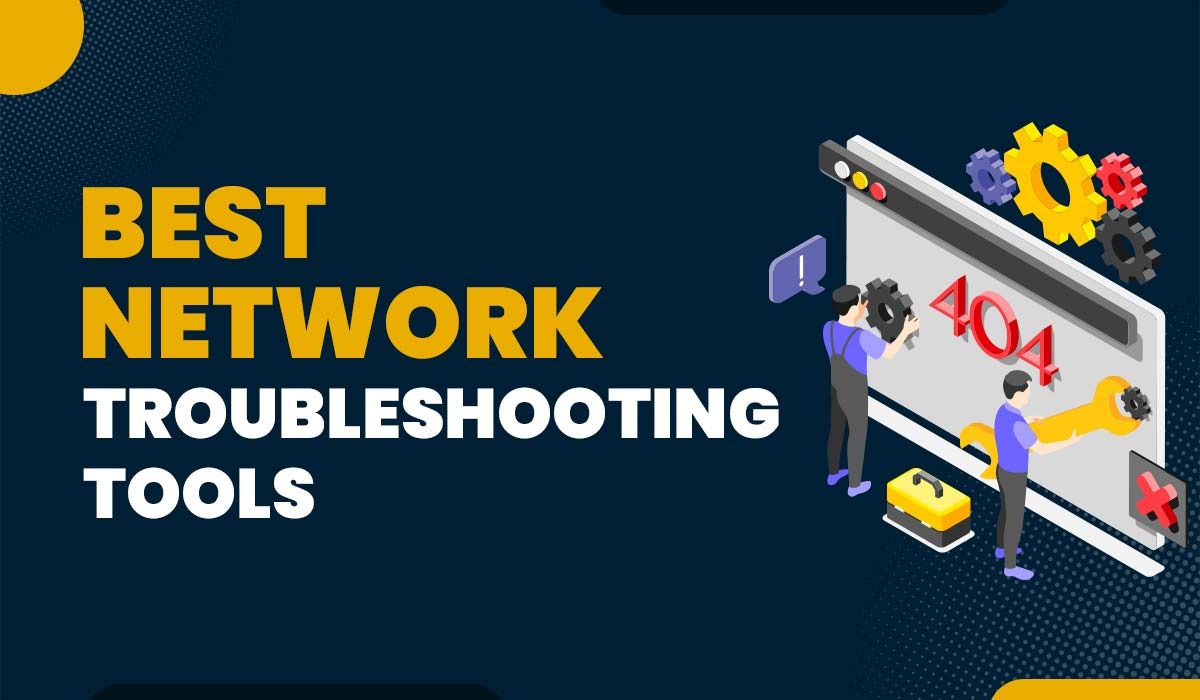
Hey there, in this blog, we will learn about the Networking Troubleshooting Tools. We might not be the networking doctor, but we can definitely have a first aid kit ready with us. Let’s get started and understand the components of this Network Engineer’s First Aid Kit.
-
Hub vs Switch vs Router – What’s the Difference?
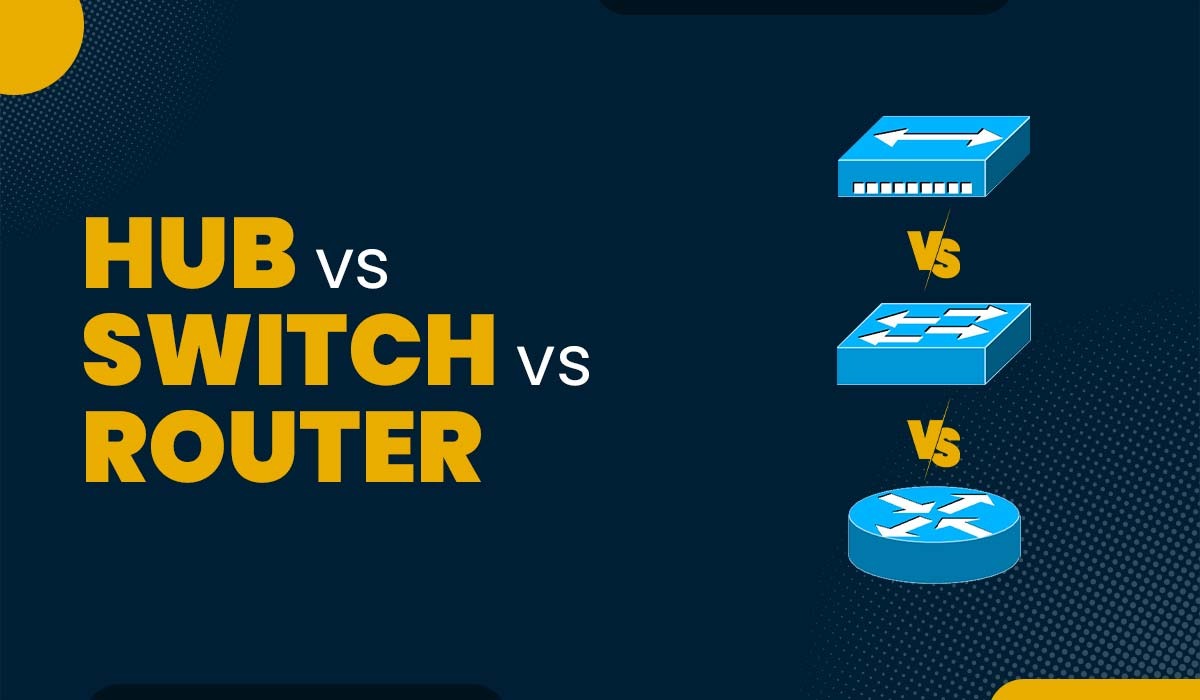
Introduction When we talk about Switch, Router and Hub, these terms are often used interchangeably in the networking domain but it is incorrect. Despite their similarities, they process data in different ways. We will talk about each of these devices, their functions in a network, and compare hub vs switch vs router in this article.…
-
Top 20 Cisco ASA Firewall Interview Questions and Answers
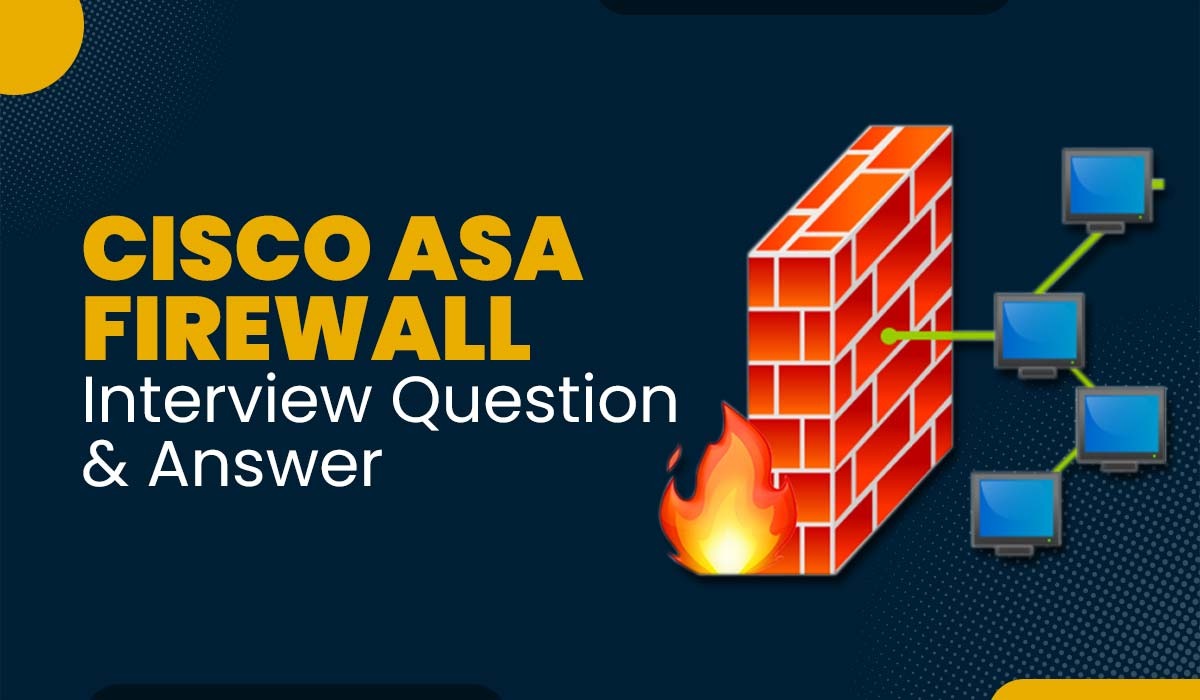
ASA stands for Adaptive Security Appliances, a security device used for proactive threat defence. It combines VPN capabilities, antivirus, firewalls, and intrusion prevention to stop attacks before they spread to the whole network.
-
What is CCNA?
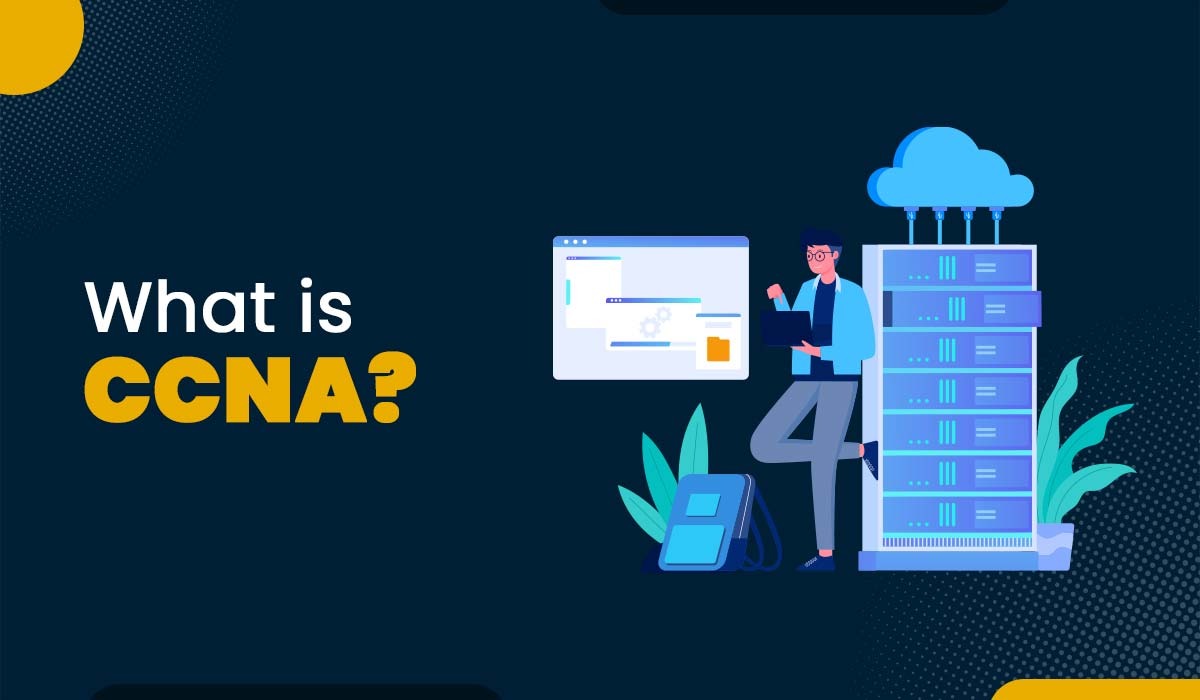
Introduction As we all know, the networking industry is developing rapidly, and all companies are becoming increasingly dependent on networking technology. The demand for network engineers is also increasing; hence, people are focusing on this field due to the enormous demand. If you are also interested in making a career in it, you must know…
-
What is the difference between Packet and Frame?
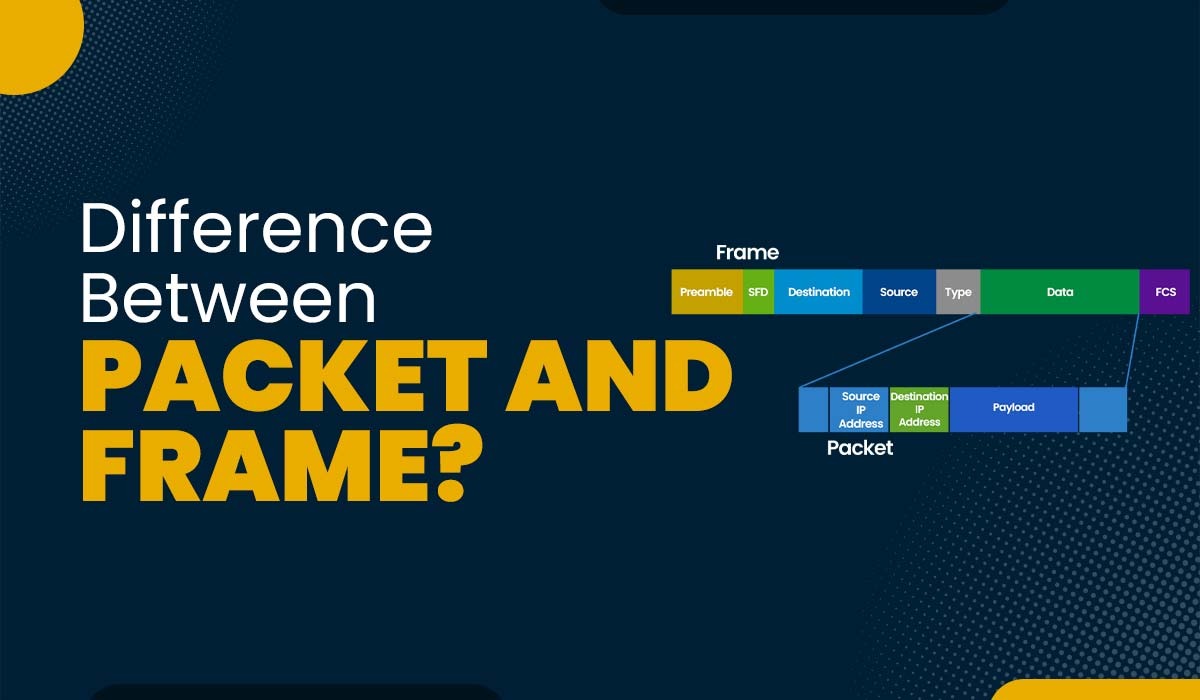
Introduction In computer networks, data is sent between devices using protocols and layers. Each layer has its way of packaging and handling data. There are two types of data units: packets and frames. Packets are used in the network layer, while frames are used in the data link layer. But what is the fundamental difference…
-
Trivial File Transfer Protocol (TFTP Protocol)
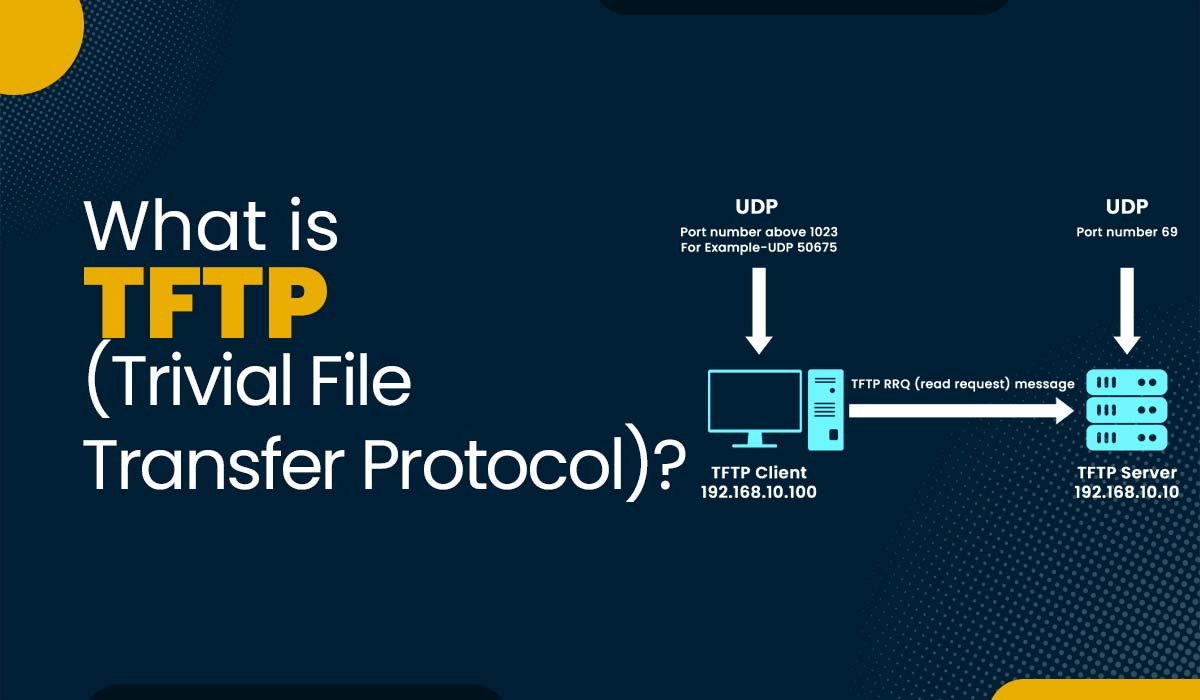
Introduction FTP or file transfer protocol is a standard protocol for exchanging files between two devices inside a network. However, FTP also has some drawbacks, such as requiring a lot of resources and having some compatibility issues with different operating systems. That’s why a more straightforward and lighter alternative to FTP is needed. That’s where…
-
Difference between ARP and RARP
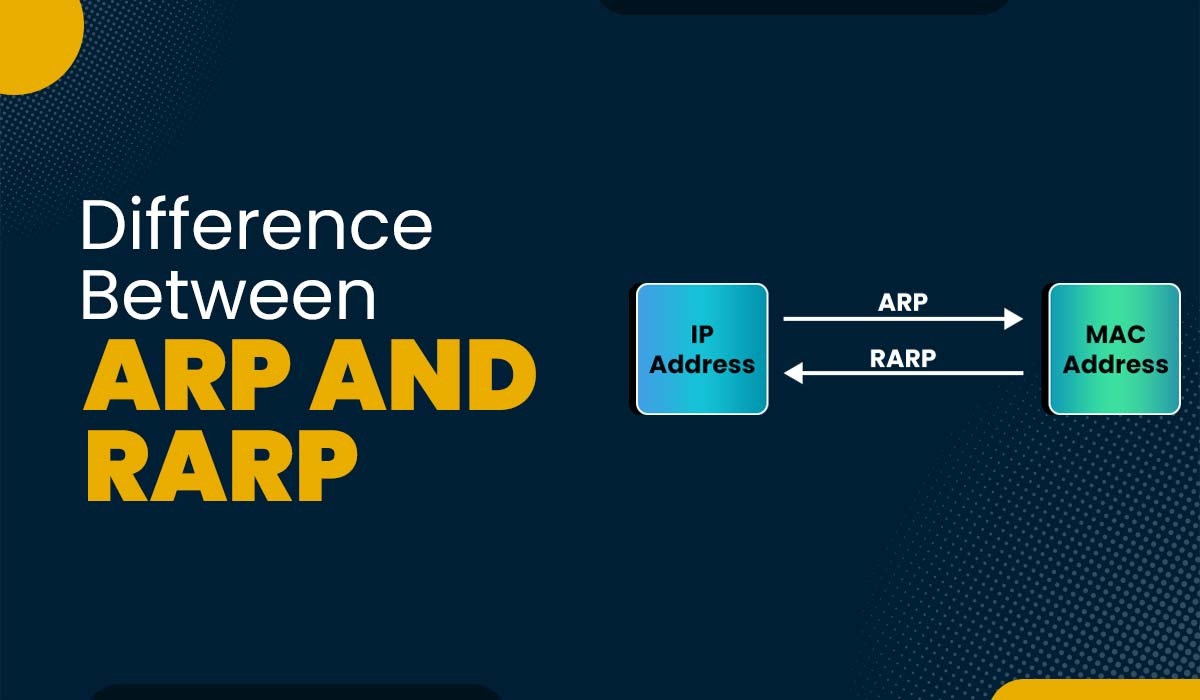
Introduction In computer networking, it is crucial to map a logical address (such as an IP address) to a physical address (such as a MAC address). The reason behind this is that network layers use different types of addresses to identify and communicate with different devices available within a network. But the question that comes…
-
What is Reverse Address Resolution Protocol (RARP)?
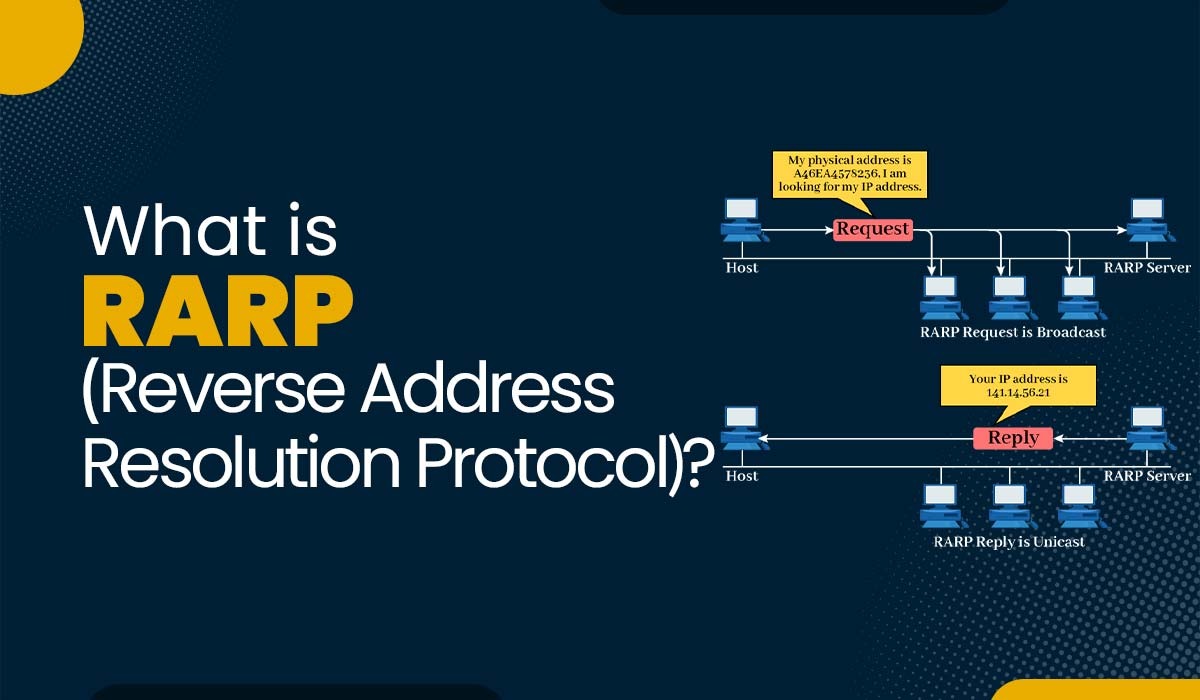
Introduction Reverse Address Resolution Protocol, also known as reverse ARP, is a networking protocol used to link a MAC address with an Internet Protocol (IP) address. It is the inverse of the Address Resolution Protocol (ARP), which links an IP address with a MAC address. RARP was originally developed in the stages of computer networking as…


